Welcome to the enchanting realm of Mana Pools National Park, where the heartbeat of the wild echoes through the rustling leaves and the meandering Zambezi River weaves a tale of untouched beauty. Nestled in the northernmost reaches of Zimbabwe, this UNESCO World Heritage Site invites you to embark on a safari adventure like no other.
Mana Pools is a sanctuary for the senses, a place where the raw pulse of nature is felt in every whispering breeze and witnessed in the dance of sunlight on the savannah grasslands. Renowned for its remarkable biodiversity, the park offers a front-row seat to an exquisite tapestry of life, from majestic elephants ambling along the riverbanks to the elusive big cats prowling through the acacia-dappled landscapes.
Step into this untamed paradise and discover a canvas painted with the vibrant hues of African sunsets, where each moment is a masterpiece waiting to be unravelled. Whether you're an avid wildlife enthusiast or a seeker of serenity, Mana Pools beckons with open arms, promising an immersive safari experience that transcends the ordinary.
So, venture forth into the heart of Mana Pools National Park, where the call of the wild becomes a symphony, and every footprint in the dust is a step closer to the soul-stirring magic of the African bush.
This safari includes the beautiful dappled lit floodplains alongside the Mighty Zambezi River to Kanga camp which is further inland.
What do I pack gear wise for Mana Pools and why?
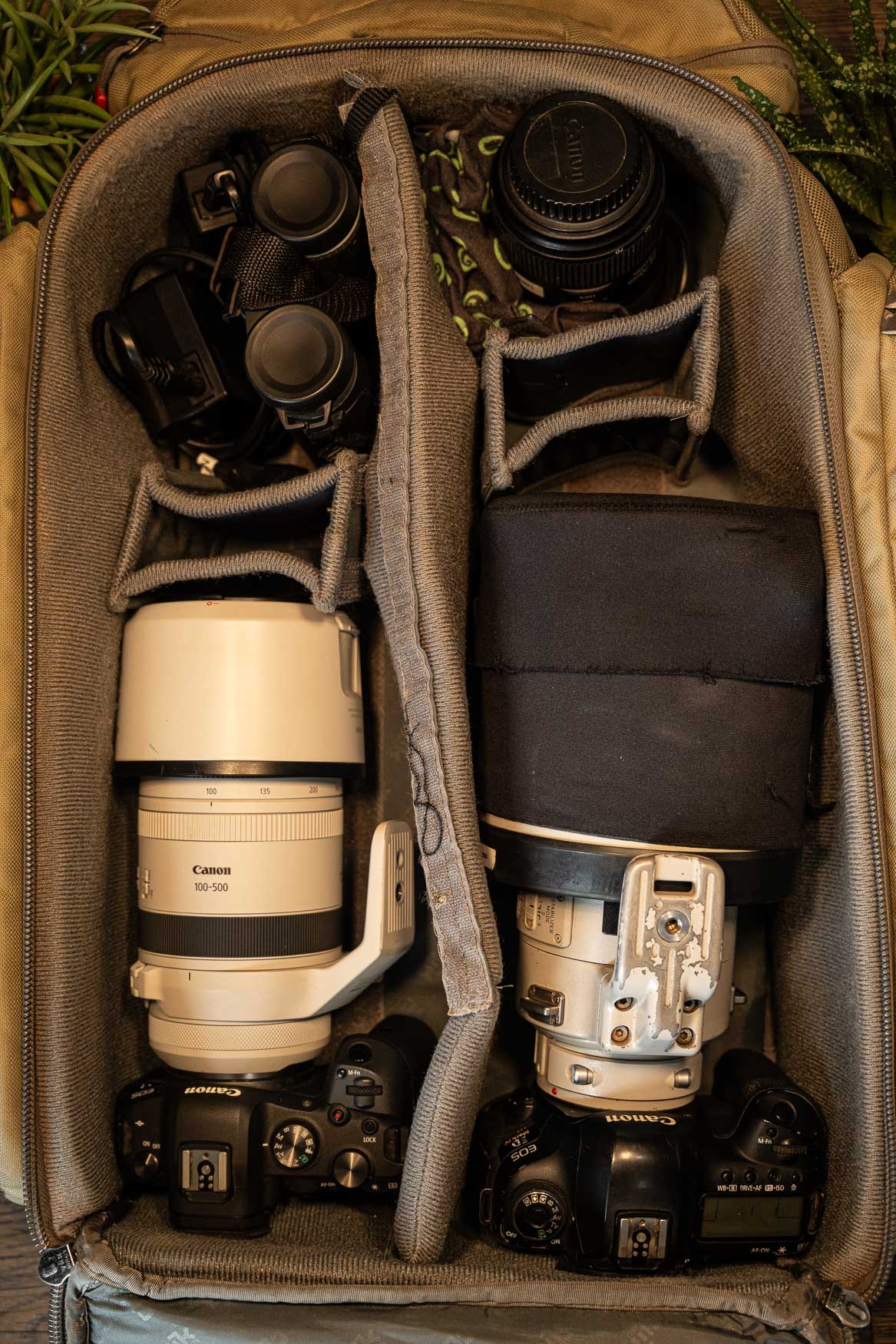
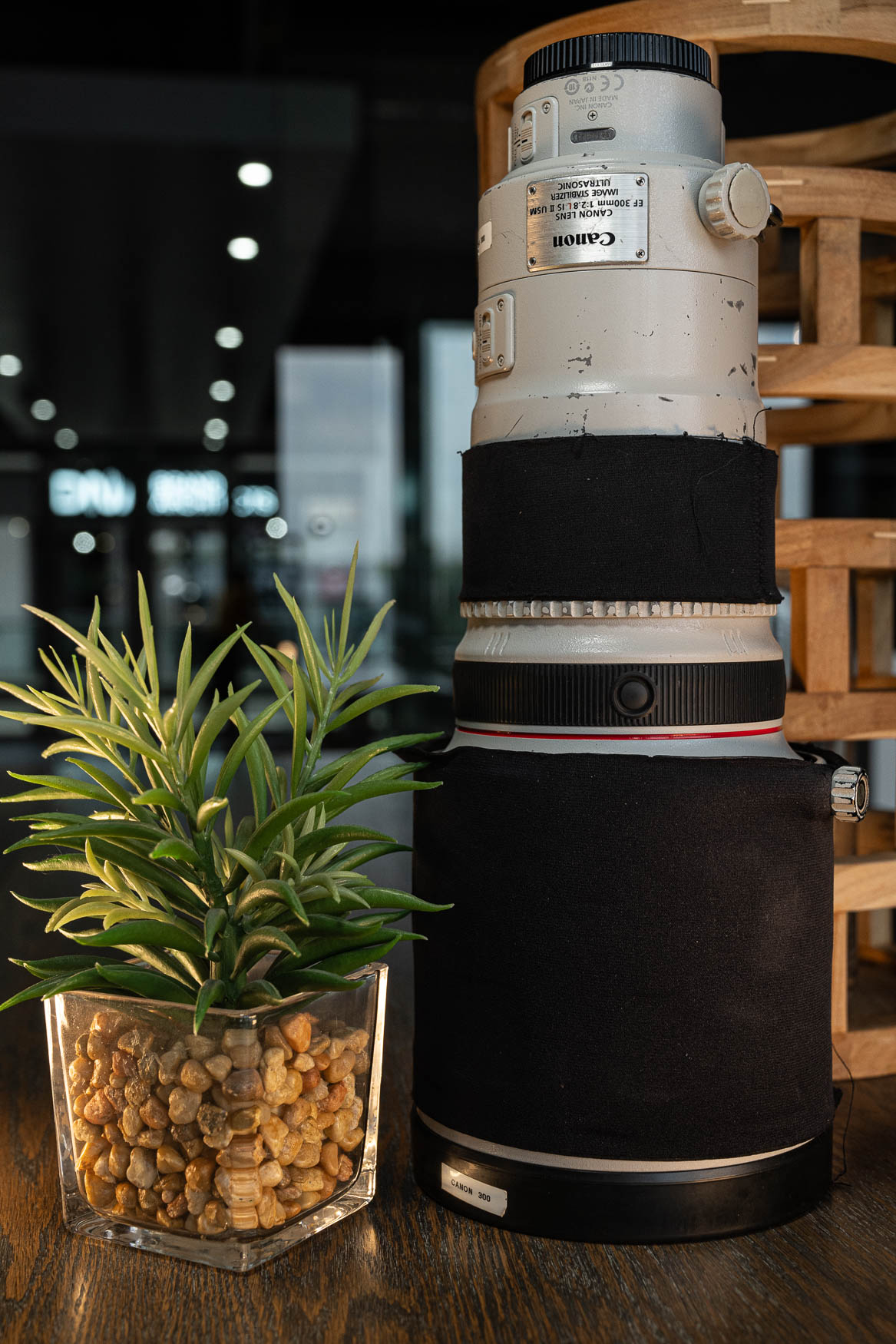

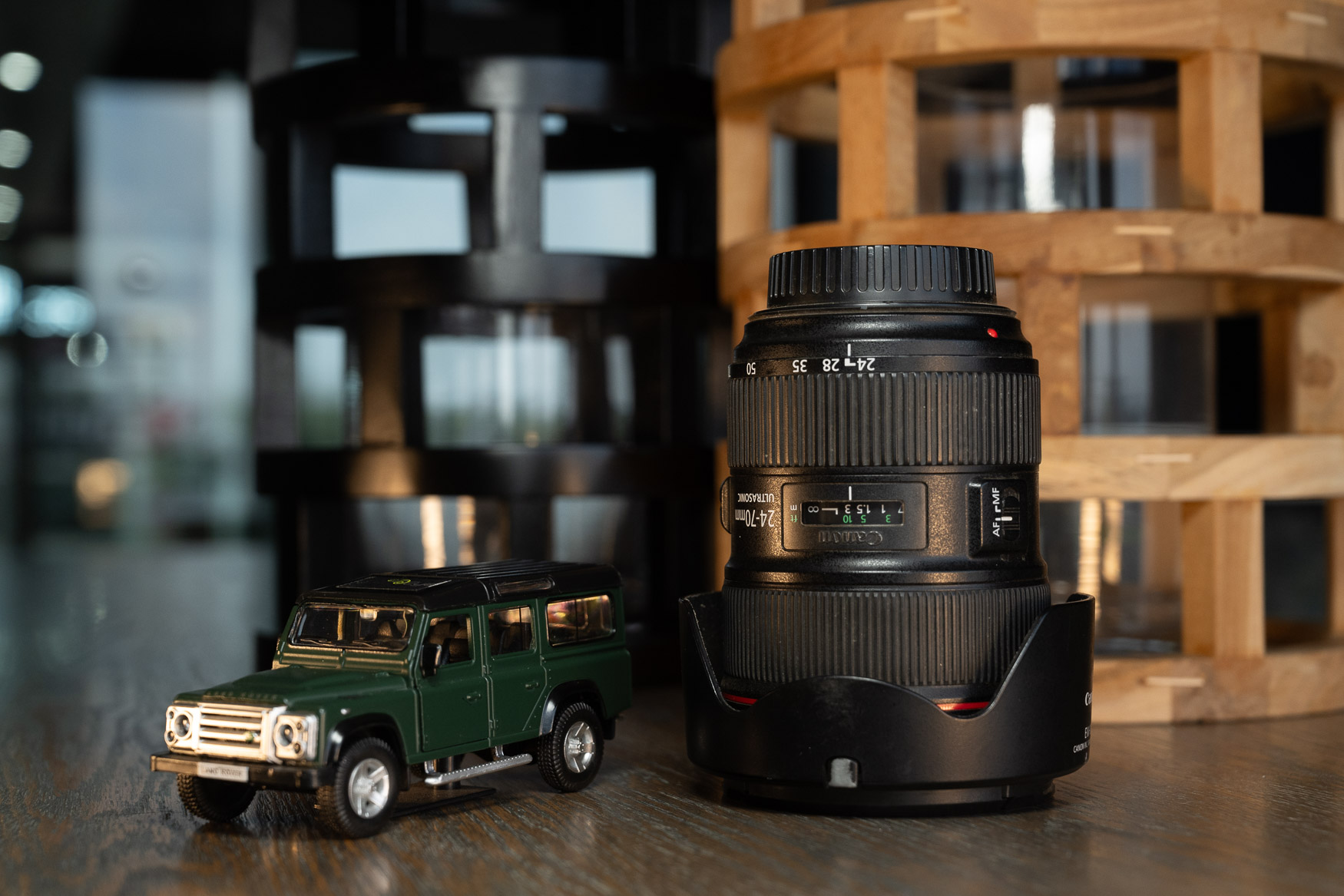
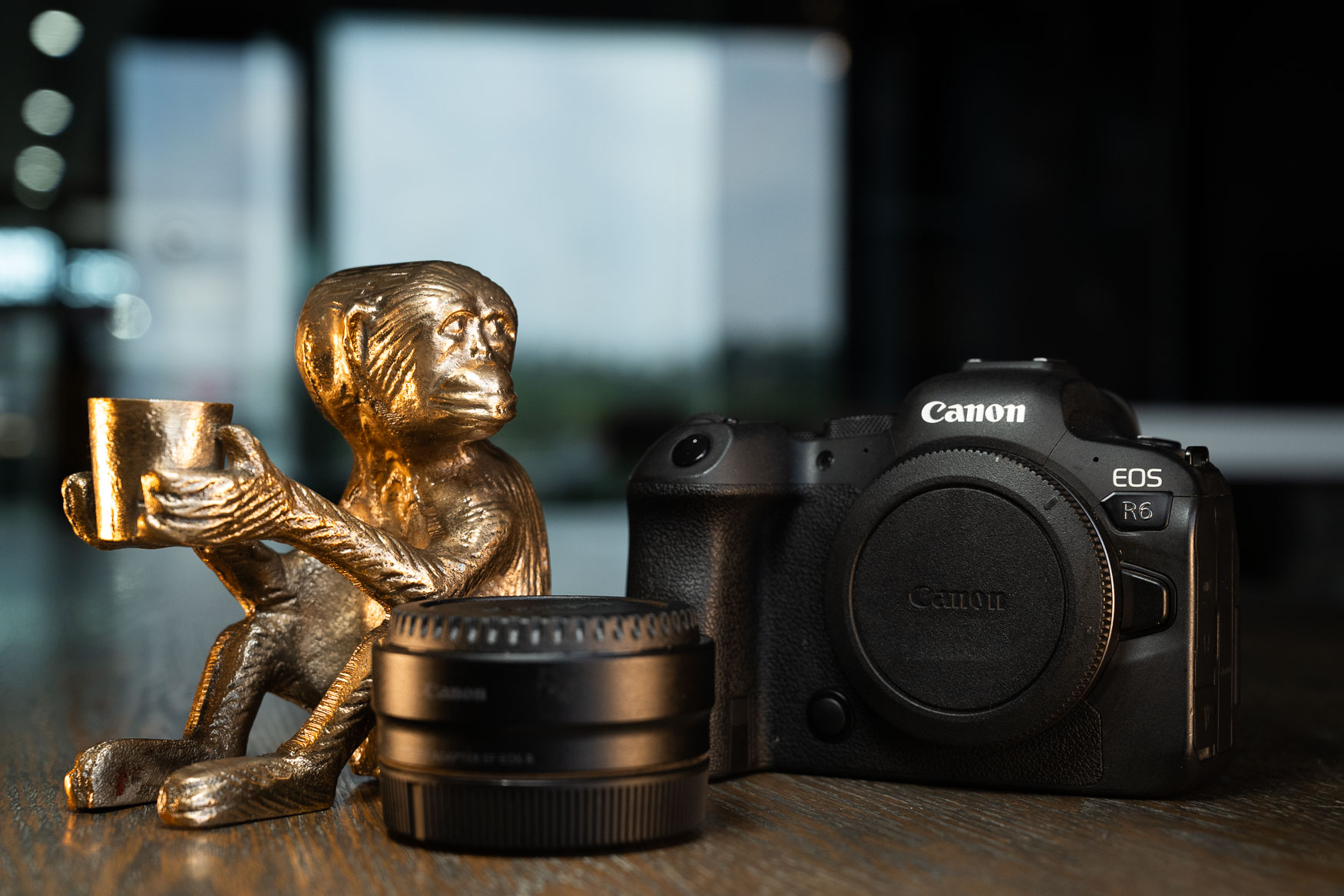
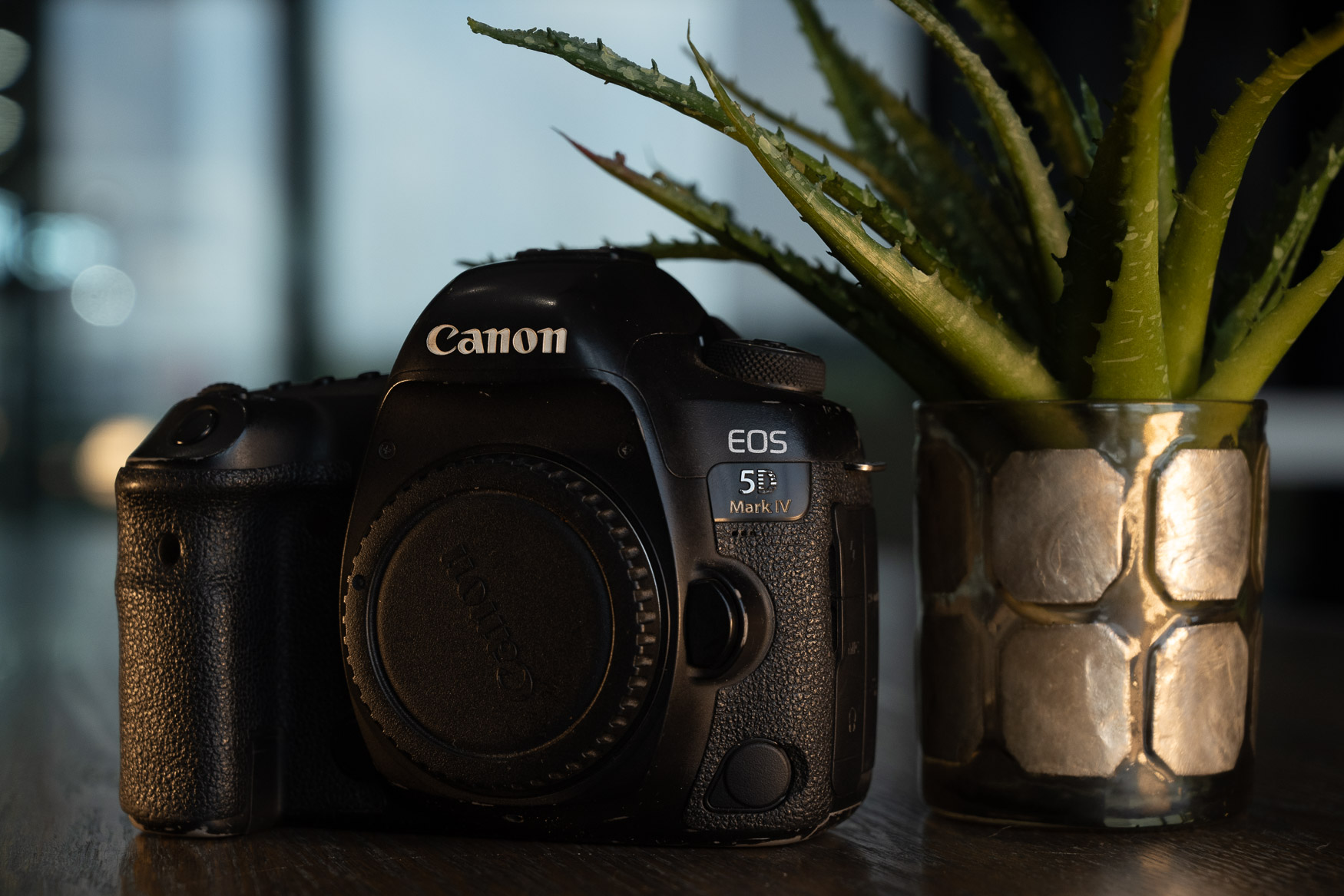
As you can see in the images above, I pack fairly light equipment when traveling to Mana Pools as there is a fair amount of walking done. Below you will see a list of all the camera gear I am taking and I will describe to you all why I have chosen this gear for this specific safari.
What gear is inside the bag?
1 x Canon EOS 5D mkiv Camera Body
1 x Canon R6 Camera Body
1 x Canon RF adapter
1 x Canon Fixed 300mm F2.8 Camera Lens
1 x Canon RF 100mm - 500mm Camera Lens
1 x Canon 24mm - 70mm F2.8 Camera Lens
1 x Binoculars
2 x Canon Battery Chargers
4 x 128GB memory cards
Mana Pools has a wide range of photographs that you can take and can really focus on expanding your wildlife portfolio, the gear I have chosen allows me to shoot in a variety of different conditions at different focal lengths and utilise the light to the best of my ability at any time during the day.
The parings I would start with are as follows:
I would use the Canon 5Dmkiv paired with the Fixd 3oomm F2.8 prime lens. The reason for this, is because the light, although beautiful can be challenging at times, so its really nice to have the option of using a shallow depth of field at an aperture of F2.8. This keeps my ISO lower and even in decent light gives me great emphasis in camera on my subject. This lens comes in really handy especially when shooting on the flood plains because the background and foreground are completely blurred out adding to a dramatic image. The fixed 300mm lens is also a versatile lens and is one of the best lenses I have used for wildlife photography. In Mana Pools, I see it as a no brainer due to the quality of the images, the recording capabilities of the Canon 5Dmkiv and its light weight make it the perfect set up to walk through the flood plains looking for photographic opportunities.
My second setup would be to have the RF 100mm - 500mm lens attached to the R6. I am in love with this setup and extremely impressed by it capabilities. Having said that, on my recent travels it has pretty much been with me on every trip. Looking at the specs briefly, the lens itself has an aperture of F4.5 at 100mm and F7.1 at 500mm. Some may say that this is limiting, and I do agree with that statement to a point. I have been blown away with the ISO capabilities on the Canon R6 which allows me to push the limits with this combination when I am out in the field and being in a place like Mana Pools where the light in the mornings and afternoons, although beautiful can be tricky, I have the RF adapter where I can always change my setup and put the fixed 300 F2.8 onto The body and then im shooting in low light at F2.8 if needed.
The reason why I like the range of 100mm - 500mm is to be able to get nice tight shots, especially on foot in the flood plains, or sitting on the deck at Kanga camp while surrounded by an abundance of wildlife and birdlife. It also has the ability to shoot wider, which comes in very handy when out in the flood plains and looking to capture animals in their environment. As great as the close up detailed shots are, it is also important to shoot wide and showcase the environment in which all these animals live in during the dry season. The camera body and lens is also extremely light and easy to carry on the flood plains.
Having these two bodies and lenses allow me to walk comfortably when approaching animals on the flood plain and then give me the option of taking a variety of different shots from a scene. It also doesn't limit me, as I have the ability to shoot in low light, great video functions, I can soot wide and I can shoot close up. For Mana Pools and Kanga Camp, this is a great combination.
I also like to take a wide angle lens such as the Canon 24mm - 70mm F2.8. This opens a whole new window of opportunities in Mana Pools and at Kanga Camp. With close encounters of animals and being on foot, using the 24mm-70mm gives a completely different perspective, shooting upwards from ground level of an elephant feeding on a winter thorns seed pods, creates for a stunning image.
The sunsets and sunrises along the magical Zambezi River also brings the 24mm - 70mm into play to shoot extra wide including as much of the scene as possible. Mana Pools is home to some truly beautiful Baobab trees which creat great silhouettes in the setting sun and shooting so wide, one can fill the frame with the massive trees while still capturing the beautiful colouration of the glowing sky.
Here are just a few examples of the images you may get when in Mana pools...
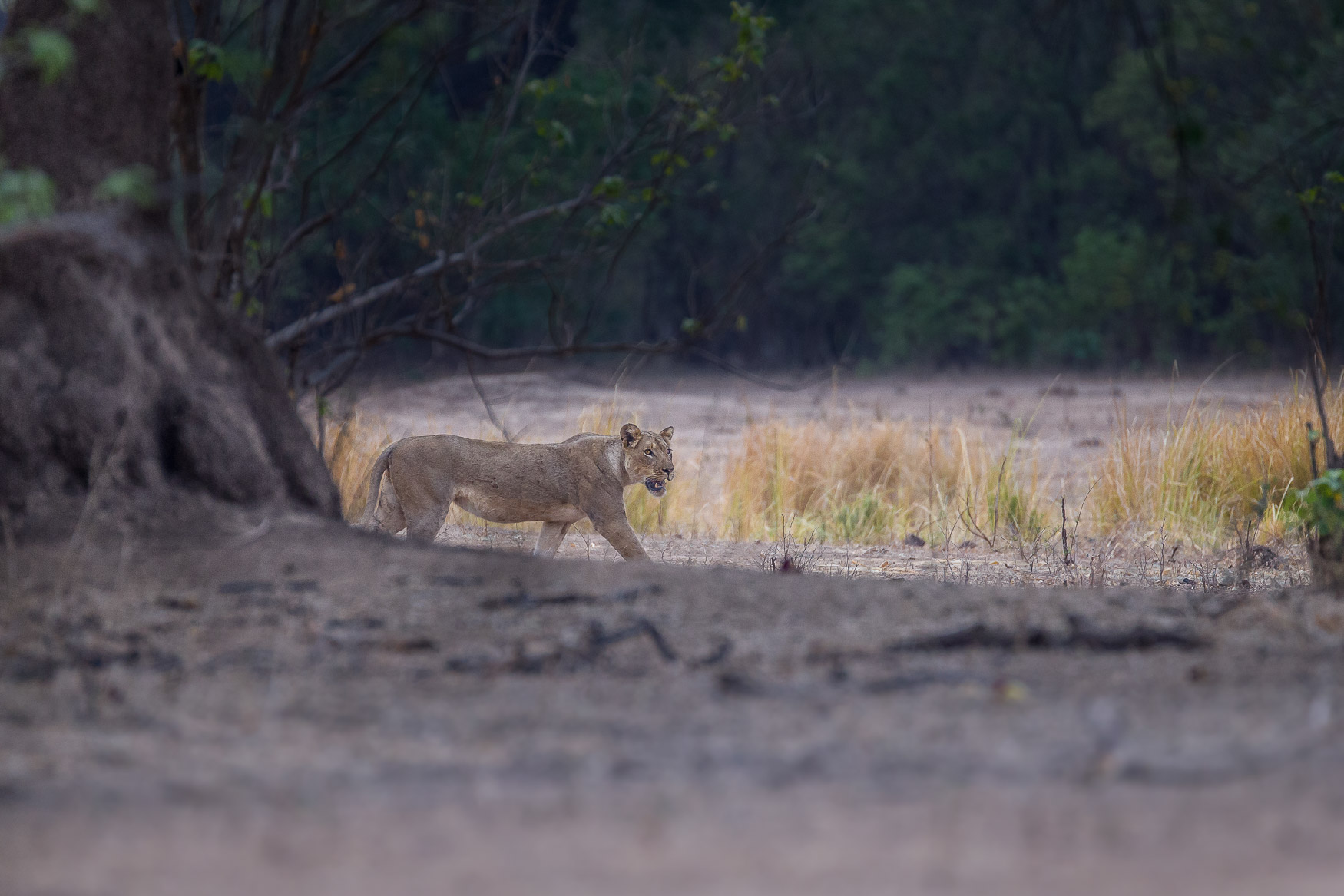
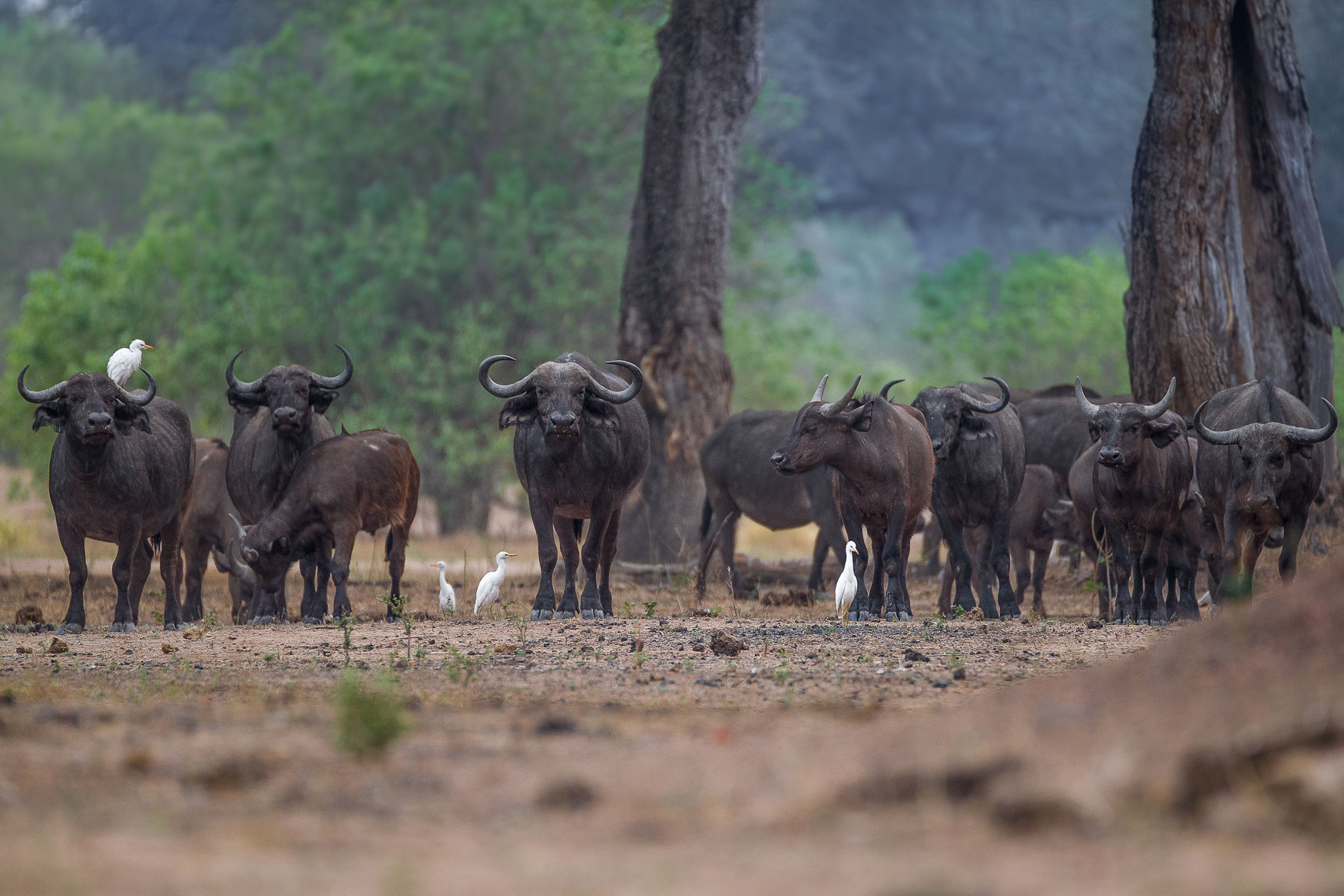
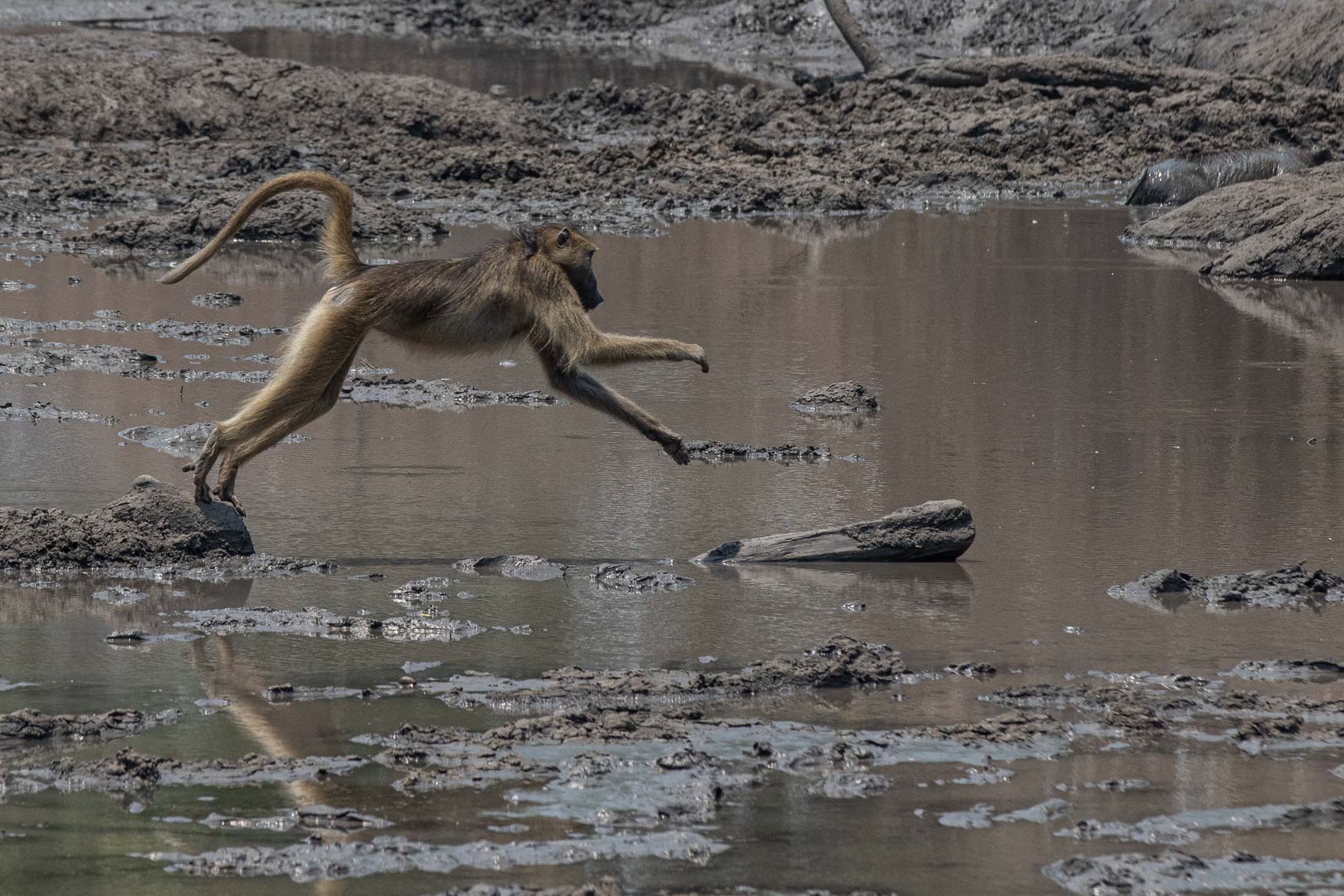
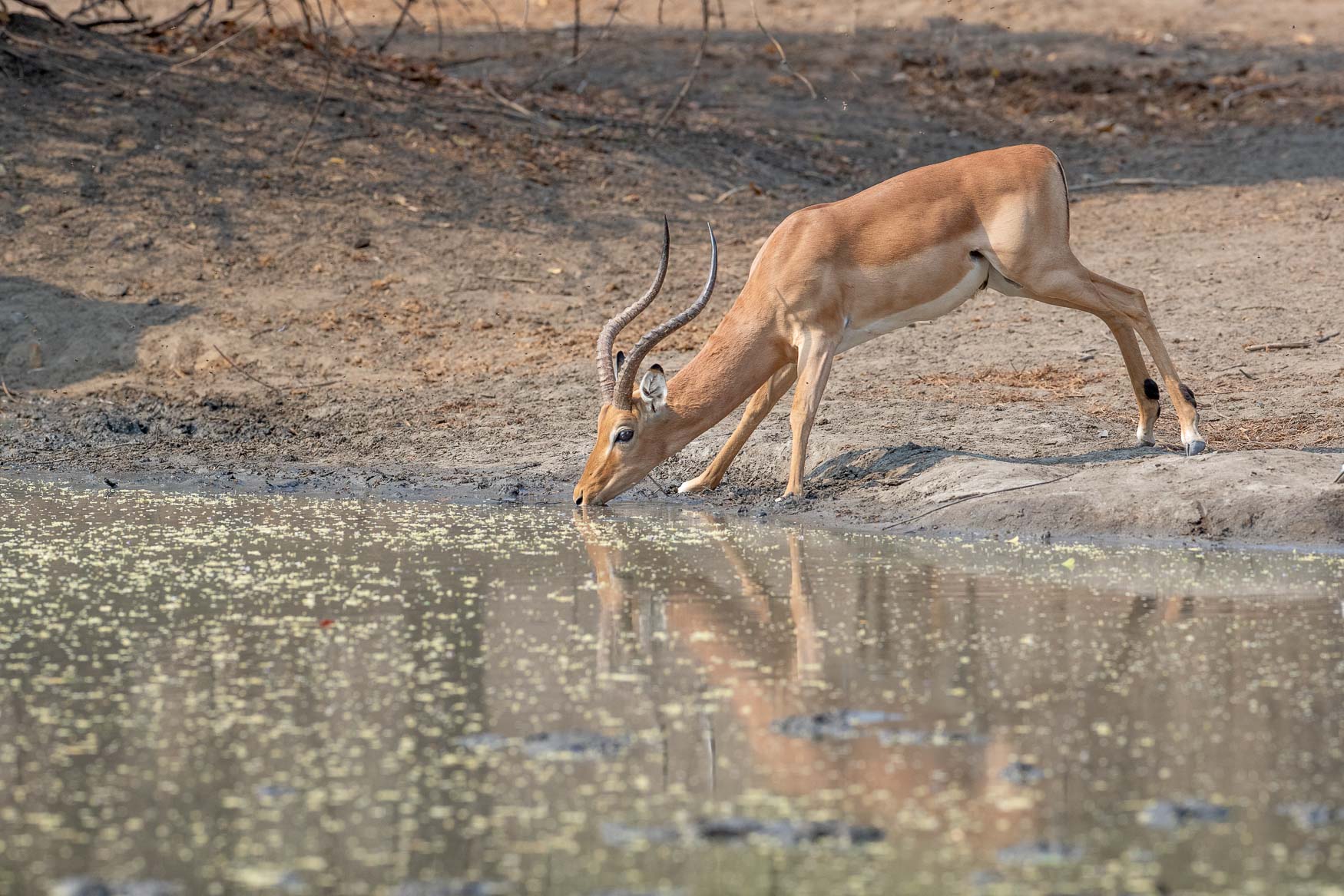
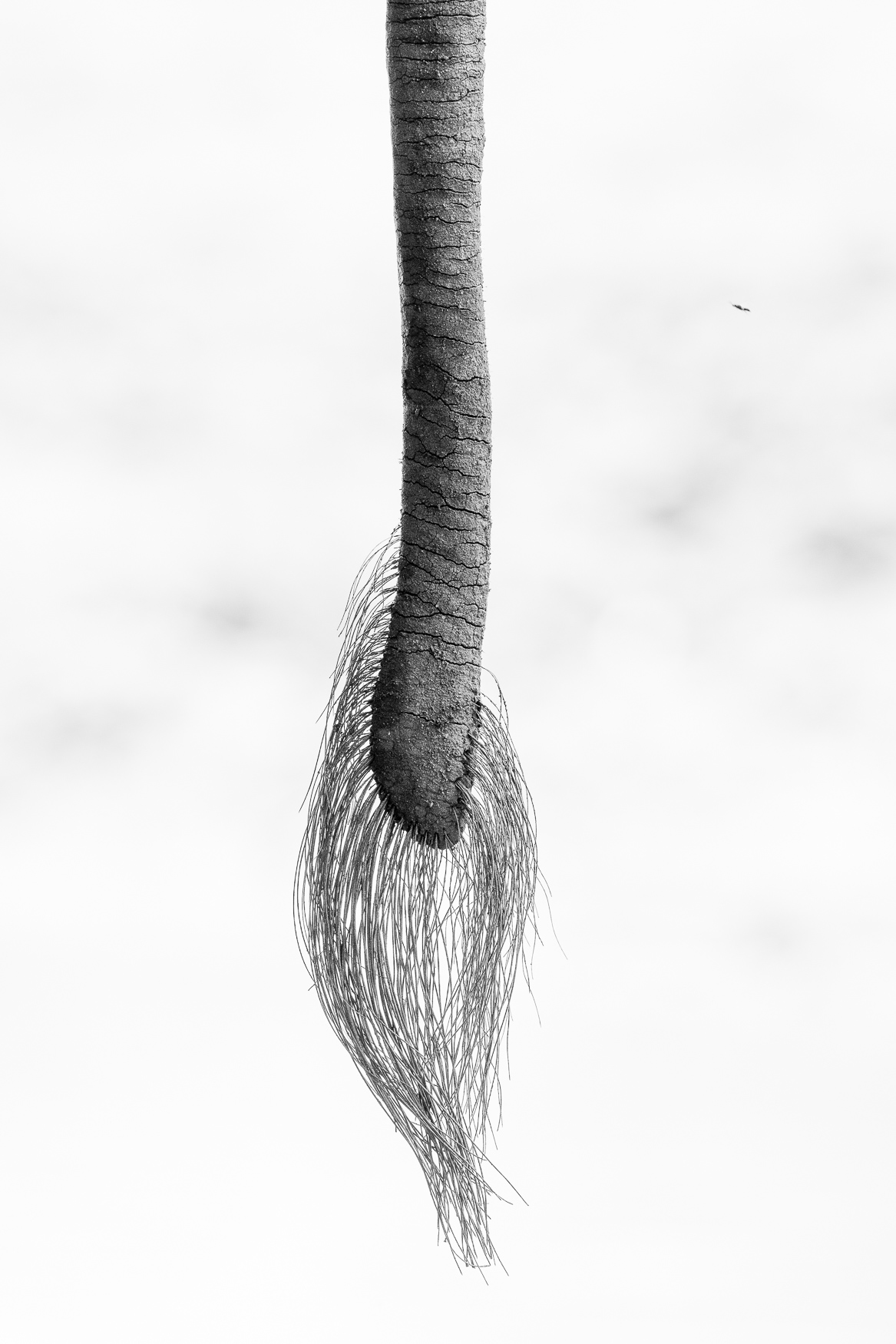
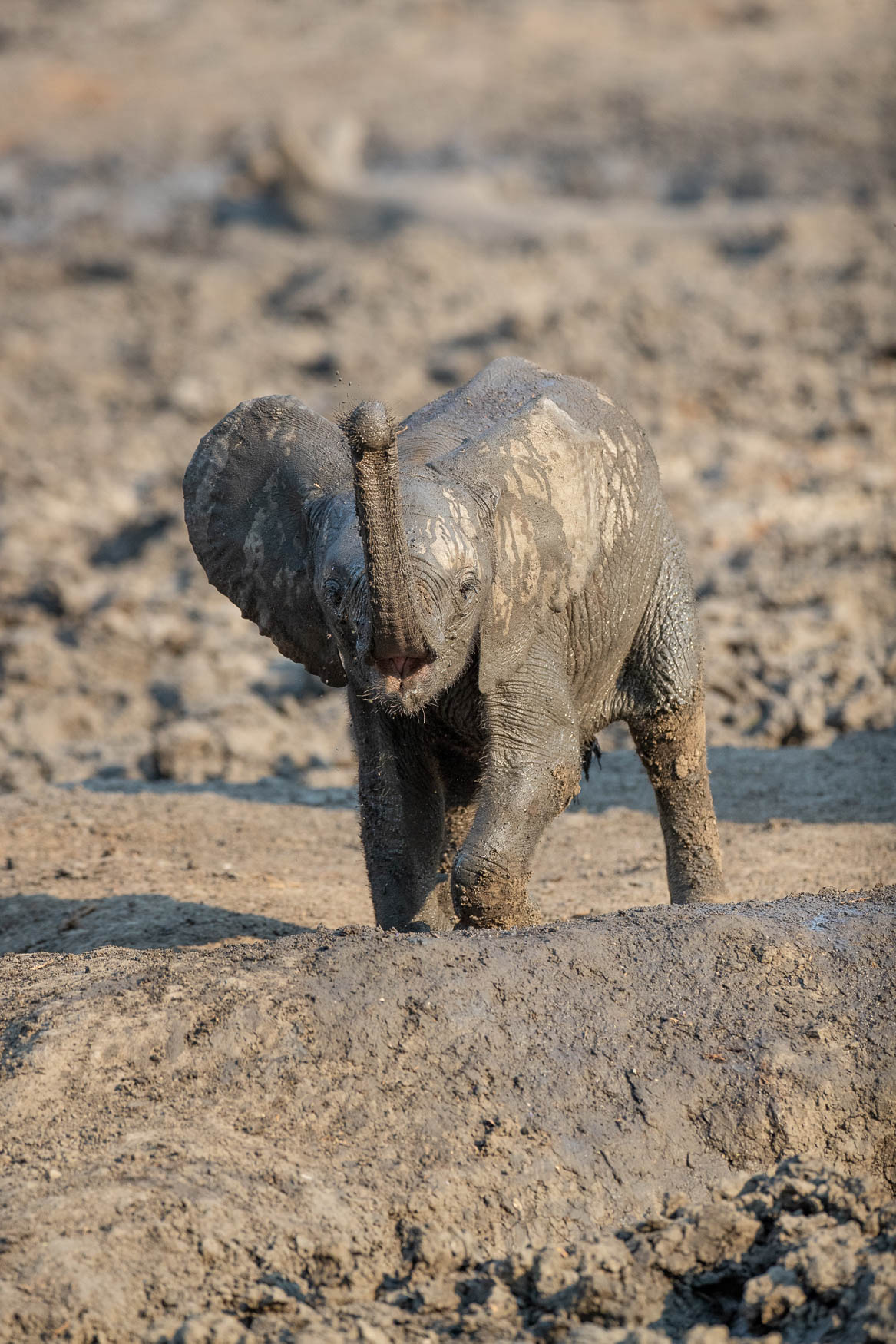
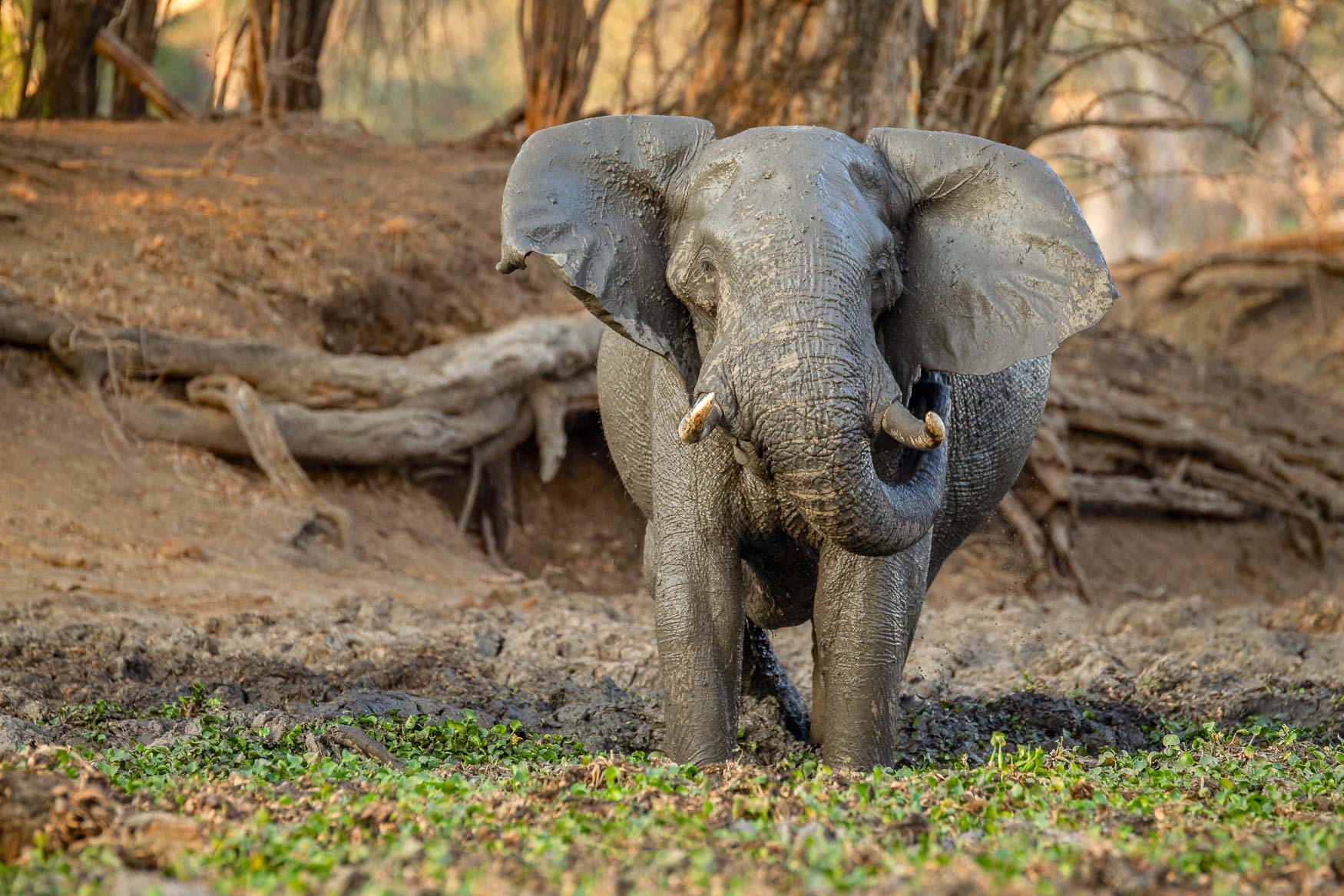
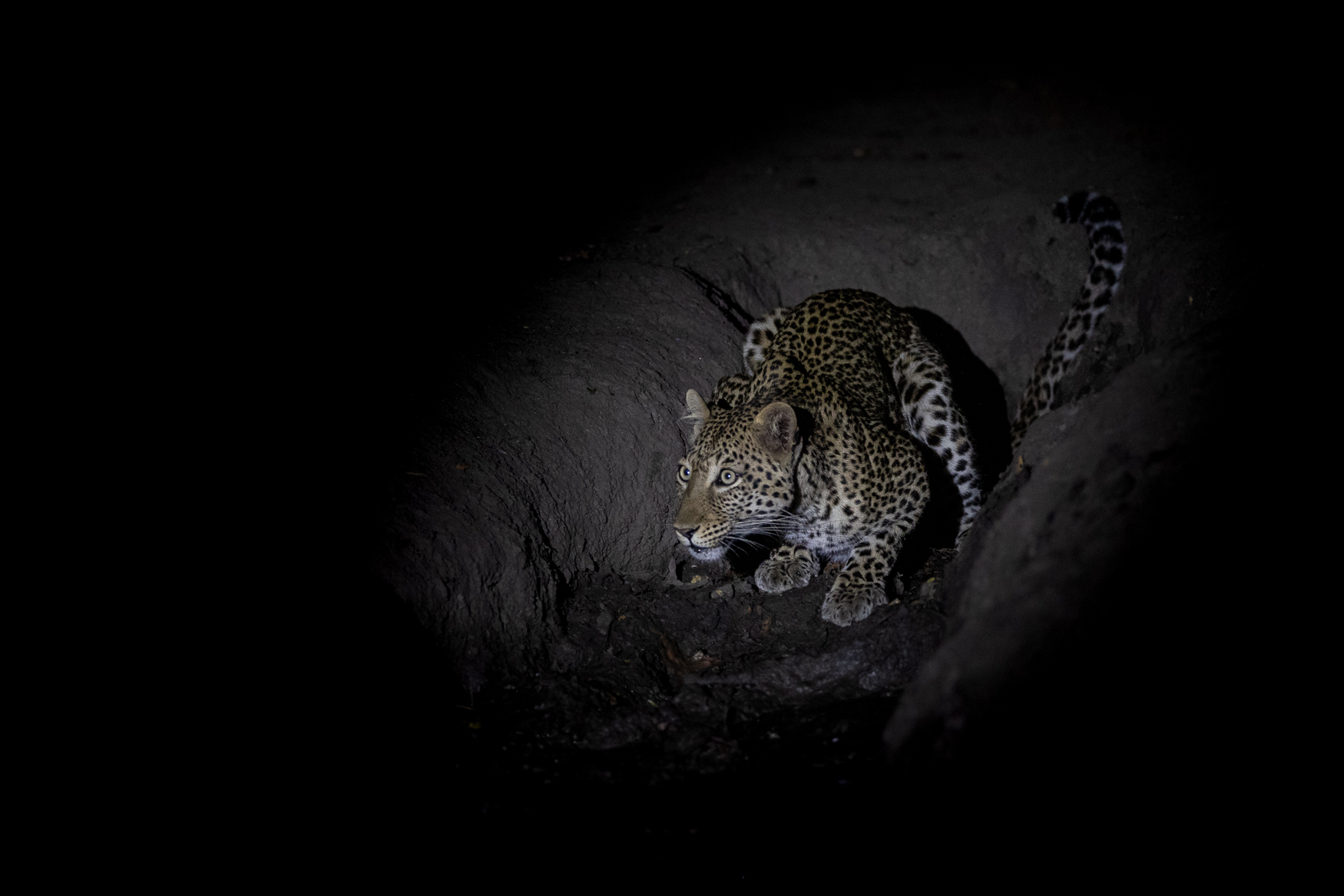
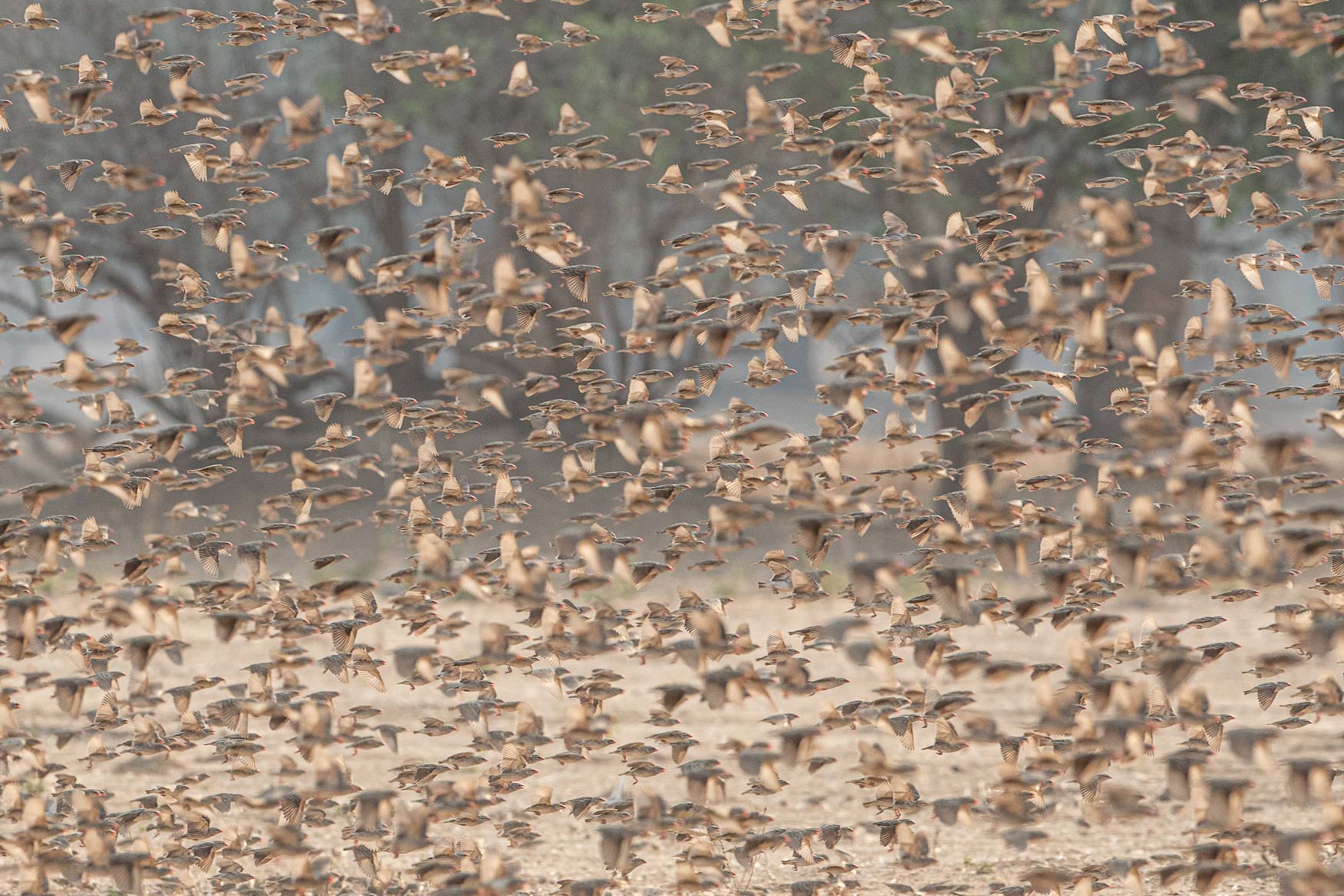
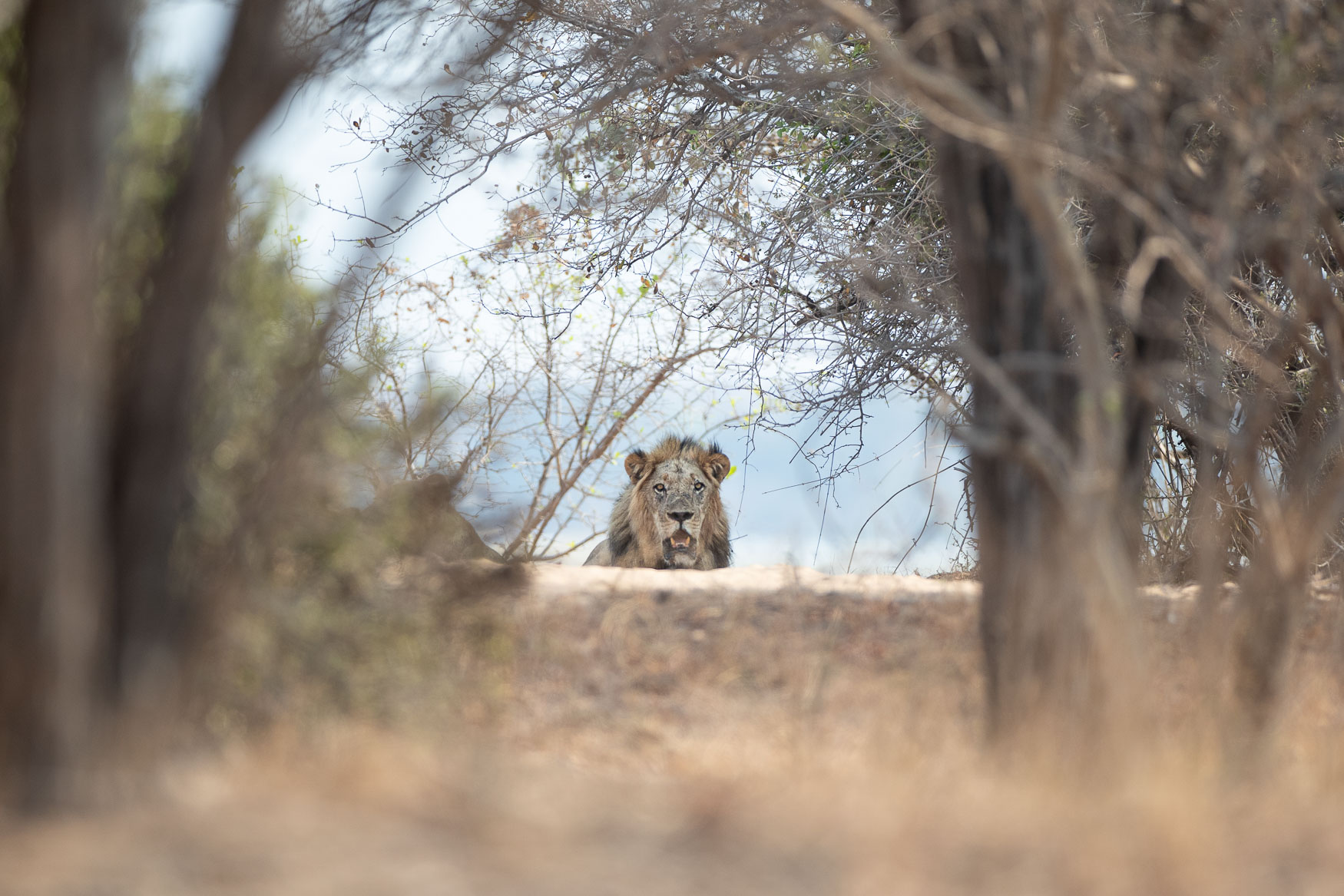
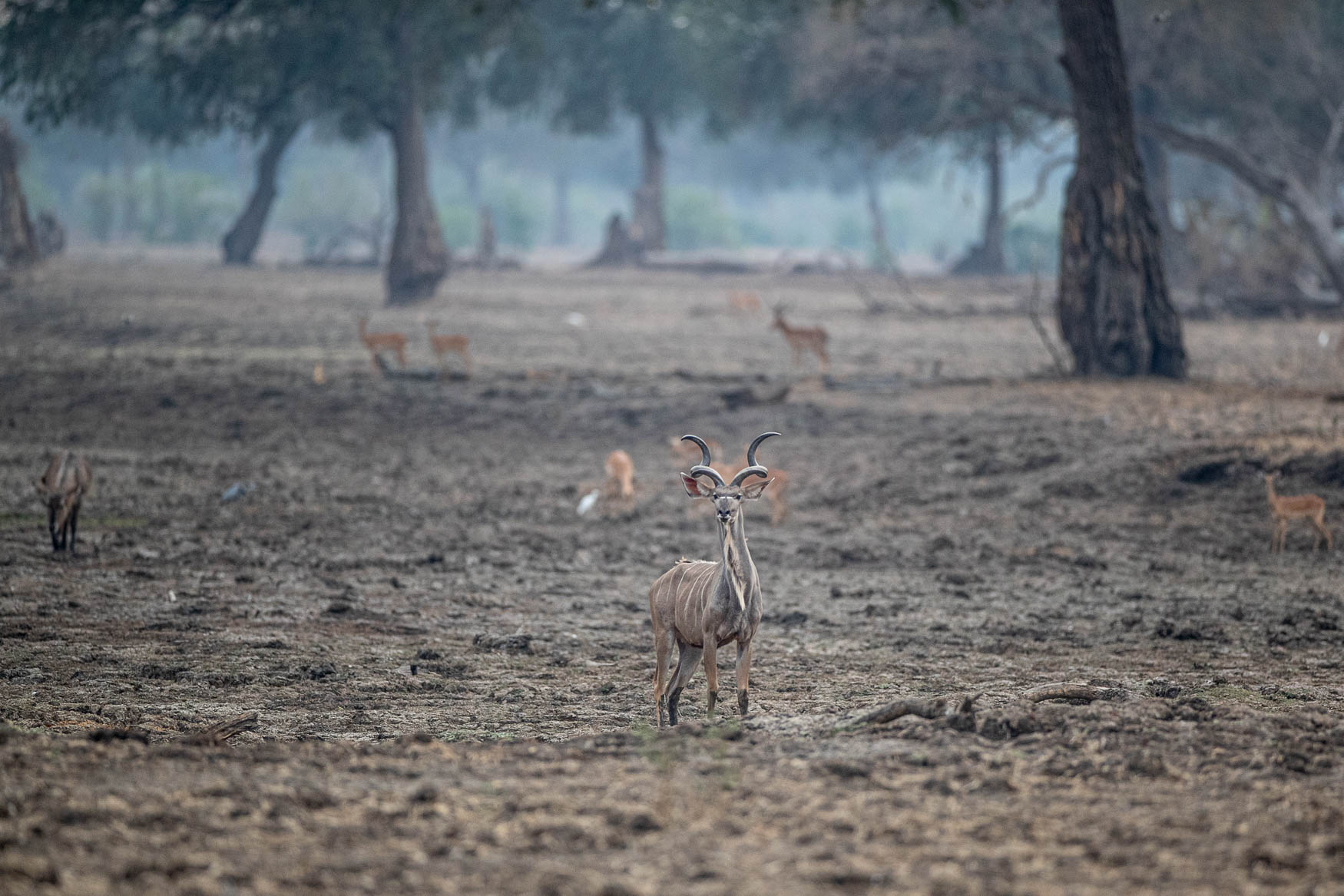
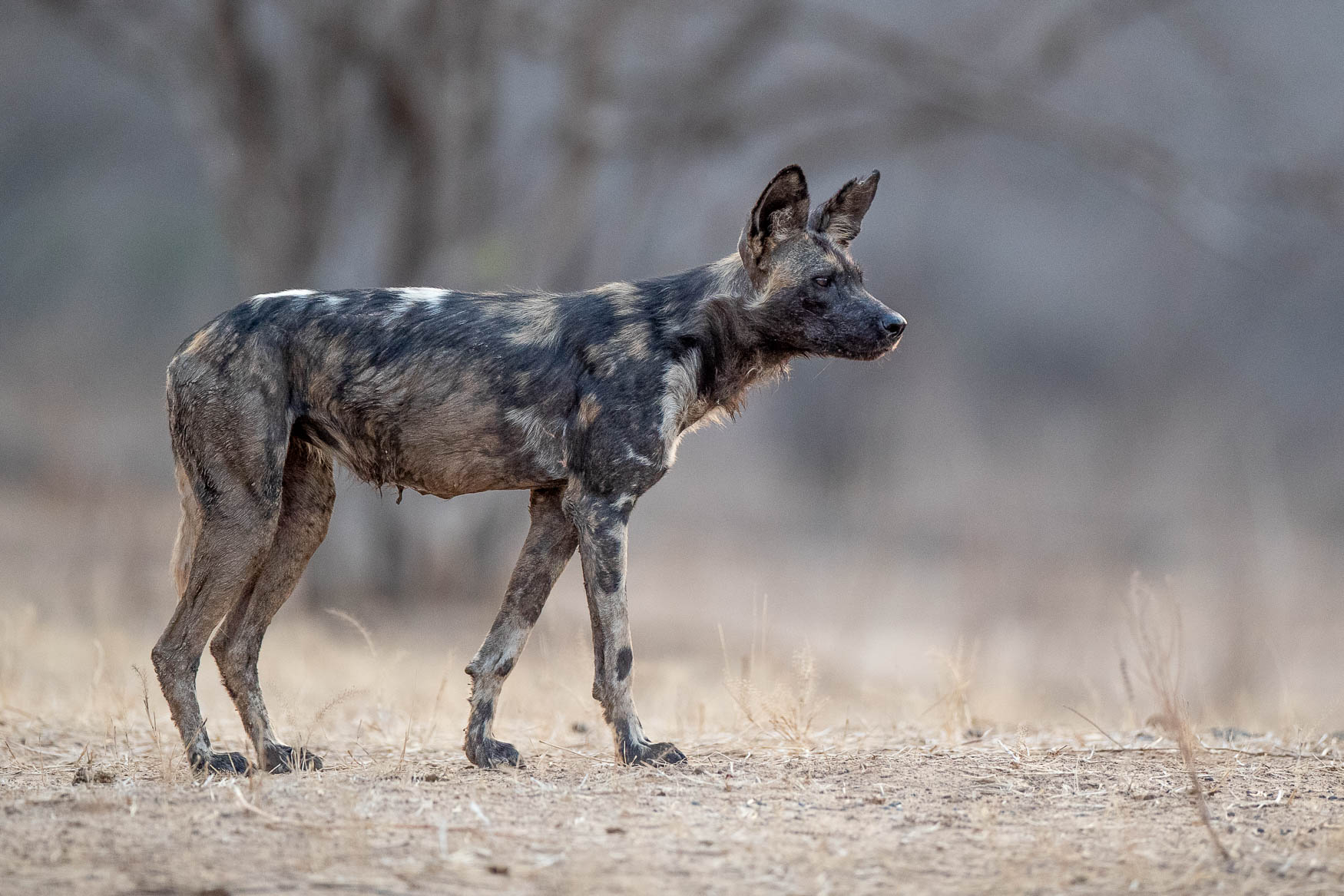
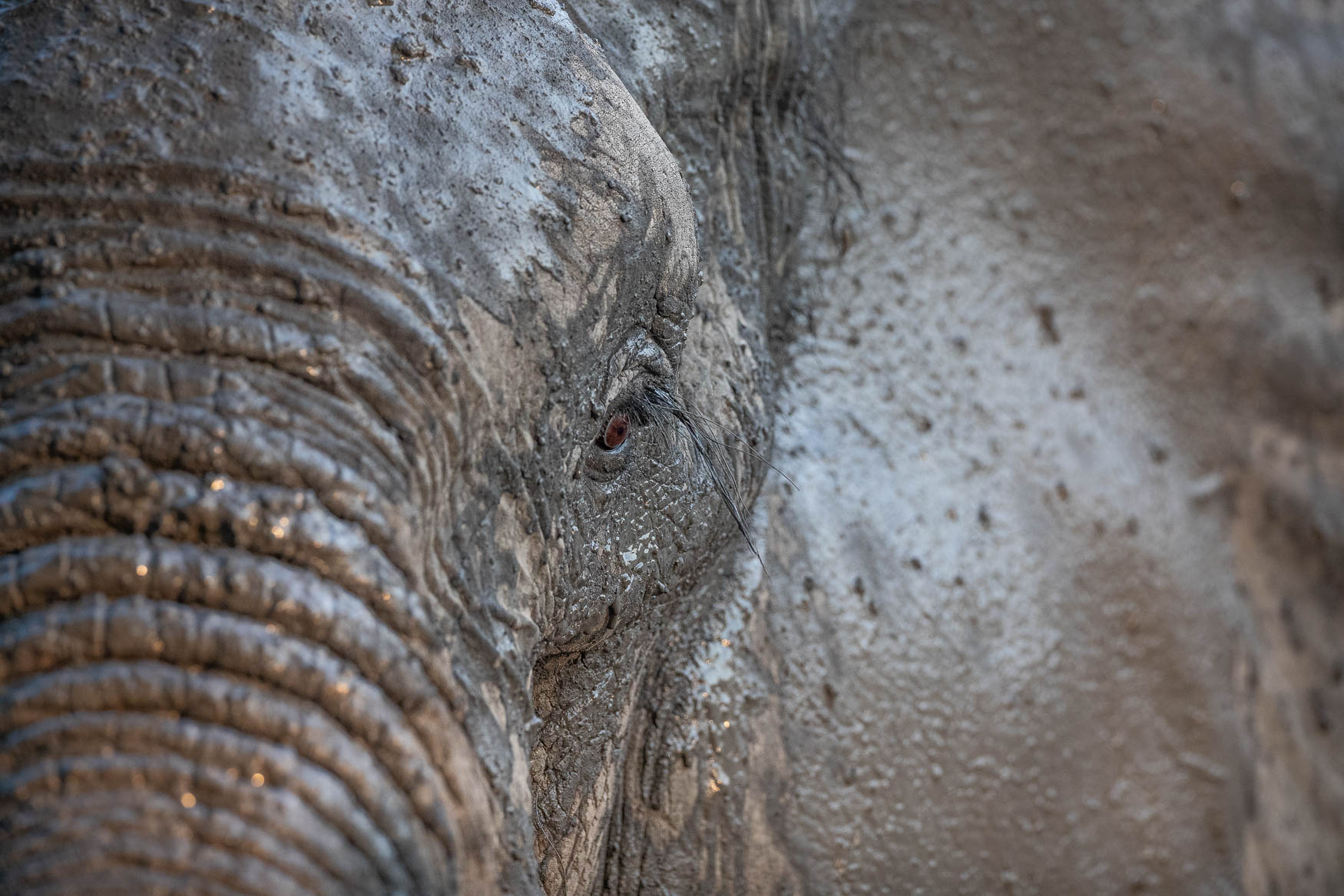
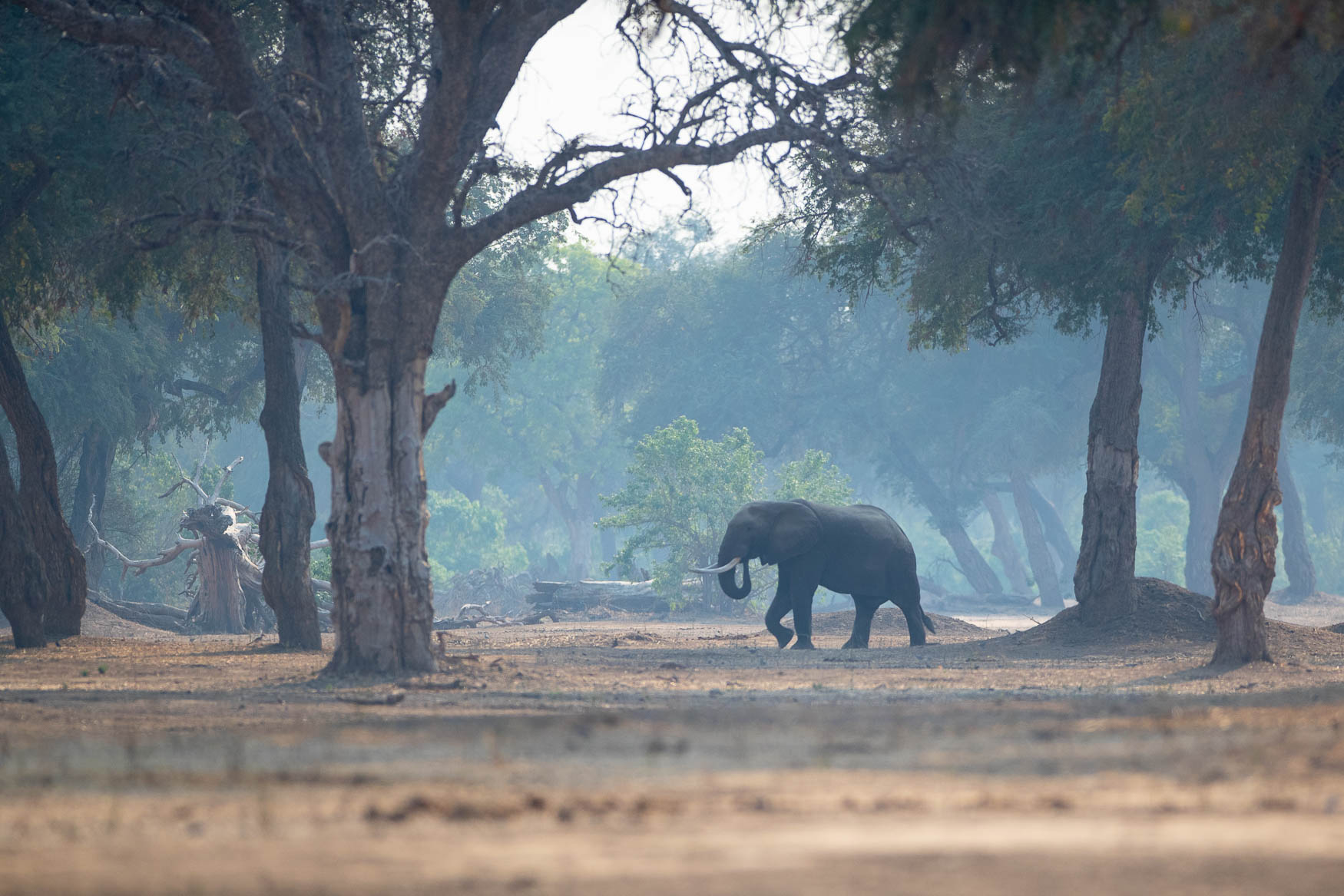
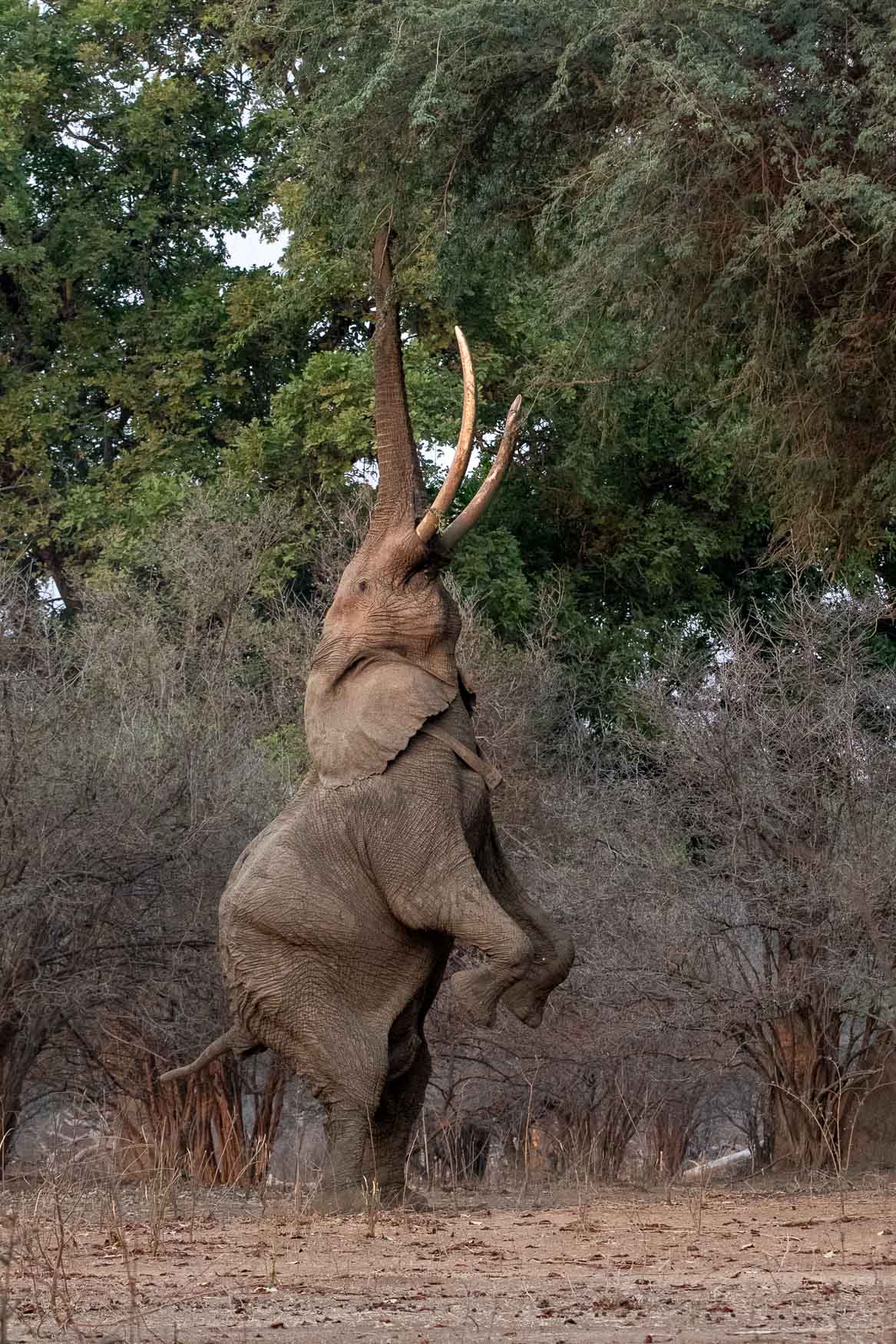
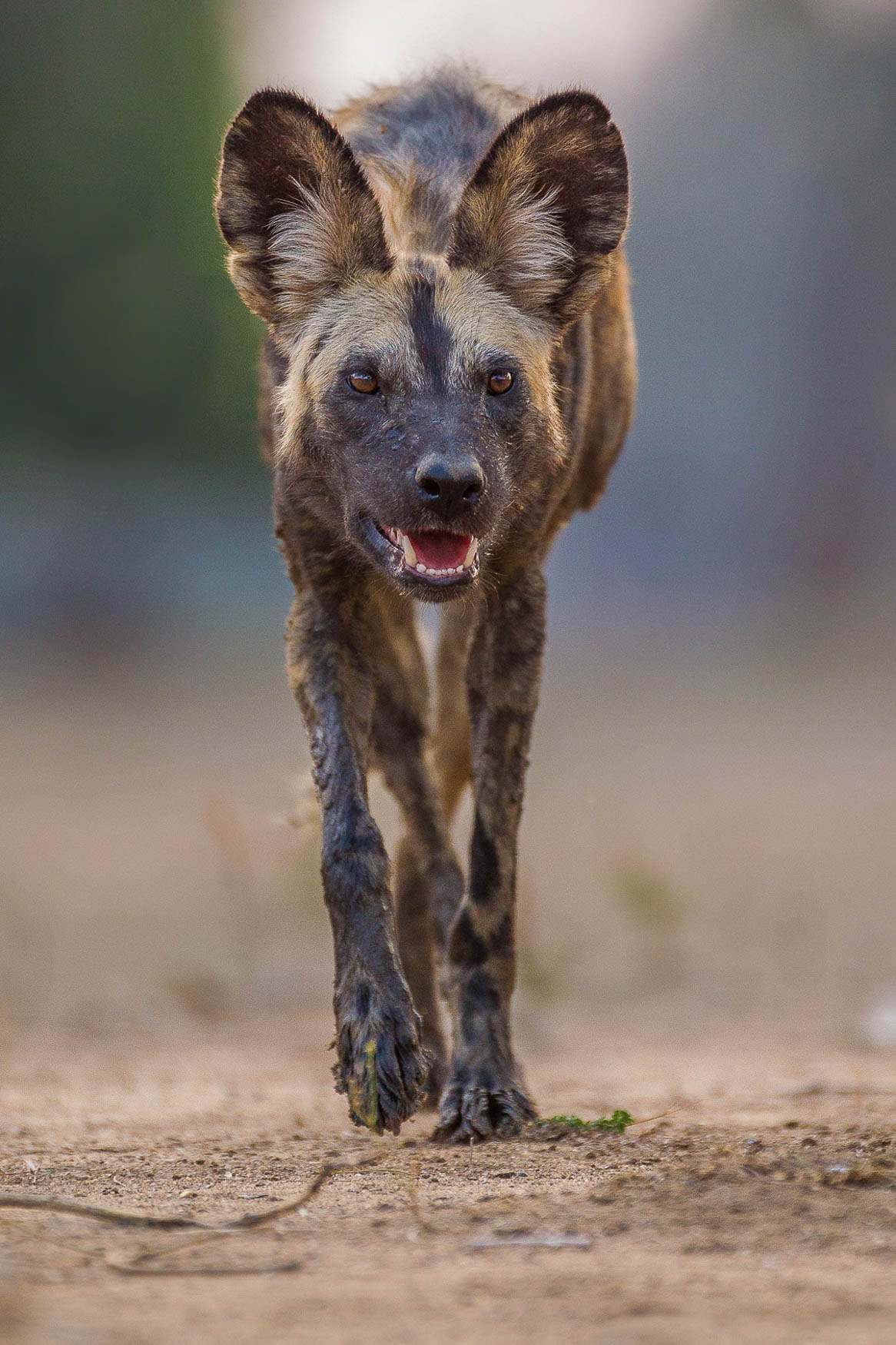
Laptop, External Hard Drives and Card Readers:
So not just going to Mana Pools, but all the destinations I go to I take the above items.
1 x Laptop
2 x 2TB External Hard Drives
1 x Card Reader
I have a massive storage device at home which I update after each of my tours and back up all my images on to. The reason for this is although technology is great, sometimes it can fail us, especially in different conditions such as the heat in Mana Pools or the cold in Iceland. That is why I suggest starting each trip with clean hard drives that you can use to back up all your images and videos onto. I do a final backup at the end of a trip to the second hard drive, this way I know that all my work is secure in two different places until I return home.
Here is a little more on what I mentioned above:
Data Backup
Wildlife photography often involves capturing a large volume of high-resolution images and videos. Having external hard drives allows you to backup your files regularly, ensuring that your precious memories are safe even if your camera's memory card fails or gets damaged.
Storage Space
Memory cards can fill up quickly, especially when photographing animals in their natural habitats. External hard drives provide additional storage space, allowing you to continue capturing images without worrying about running out of memory.
Editing and Selection
A laptop allows you to review and edit your photos while still on safari. This is valuable for selecting the best shots and making any necessary adjustments to exposure, composition, or color. It also gives you the opportunity to share your images with others or even start processing them for publication or printing.
Organisation
With a laptop, you can organize your photos into folders, tag them with metadata, and create backups efficiently. This level of organization is crucial, especially when dealing with a large number of files from multiple days of shooting.
Immediate Feedback
Being able to view your images on a larger screen than the camera's LCD allows for better assessment of composition, focus, and overall image quality. This immediate feedback can help you improve your photography skills and make adjustments to your shooting techniques in real-time.
Remote Location Editing
In some cases, you may have the opportunity to edit and process your images while still in the heart of the wilderness. This can be a rewarding experience, allowing you to fully immerse yourself in the creative process while surrounded by the beauty of nature.
Overall, having a laptop, card reader, and external hard drives on safari ensures that you can effectively manage, backup, and edit your photos, allowing you to make the most of your wildlife photography experience.
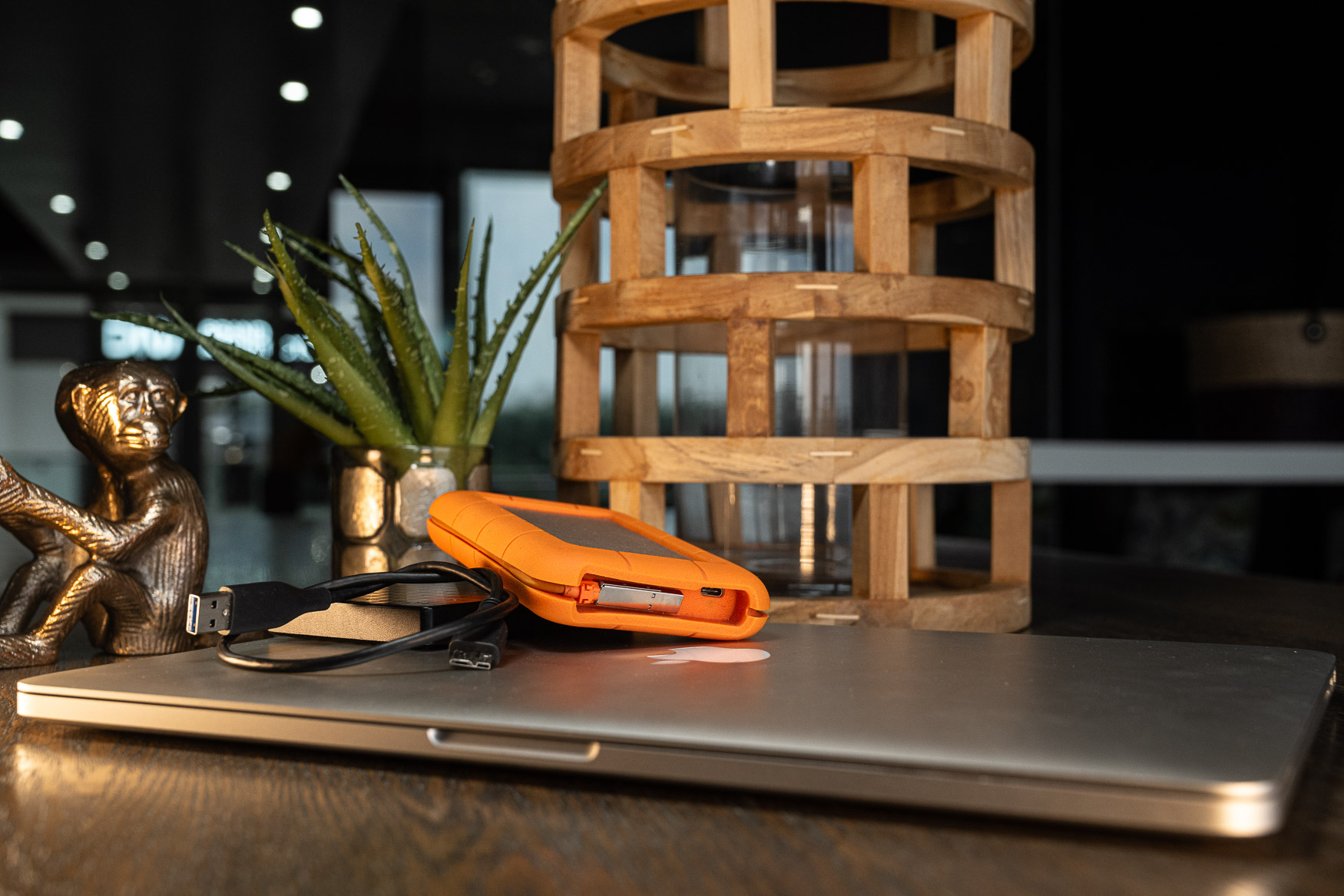
Wide Brim Hat, Shuka(large soft towel/cloth), Buff and Sunscreen:
The above is absolutely key when visiting Mana Pools and here is why.
During the hottest months of the dry season in Mana Pools National Park, temperatures can soar, creating challenging conditions for both wildlife and visitors.
- Daytime temperatures often range from 30°C to 40°C (86°F to 104°F) and can occasionally exceed 40°C (104°F).
- Nighttime temperatures may remain warm, typically around 15°C to 25°C (59°F to 77°F).
These temperatures represent the peak of the dry season's heat, usually occurring from September to October. It's important for visitors to stay hydrated, seek shade during the hottest parts of the day, and take other precautions to avoid heat-related illnesses.
The Safari hat and the sunscreen protects you from the hard heat and sun during the day. I have relatively sensitive skin and use a sunscreen with a very high UV protection number such as 50.
The buff can be used to combat any dust that may be around and what I have found is that in the afternoons, its nice to wet the buff, put it in the fridge and then wear it out for the afternoon activity, this keeps you nice and cool while the afternoon is still warm before starting to cool down as the sun fades away.
The Shuka(cloth) has many purposes, it can be used to keep you cool by wetting it, but I think its best function is to cover all the camera gear. It protects the gear from the sun and at the same time, it prevents dust collection as you drive through the flood plains or sit on the deck at Kanga Camp looking for animals to photograph...
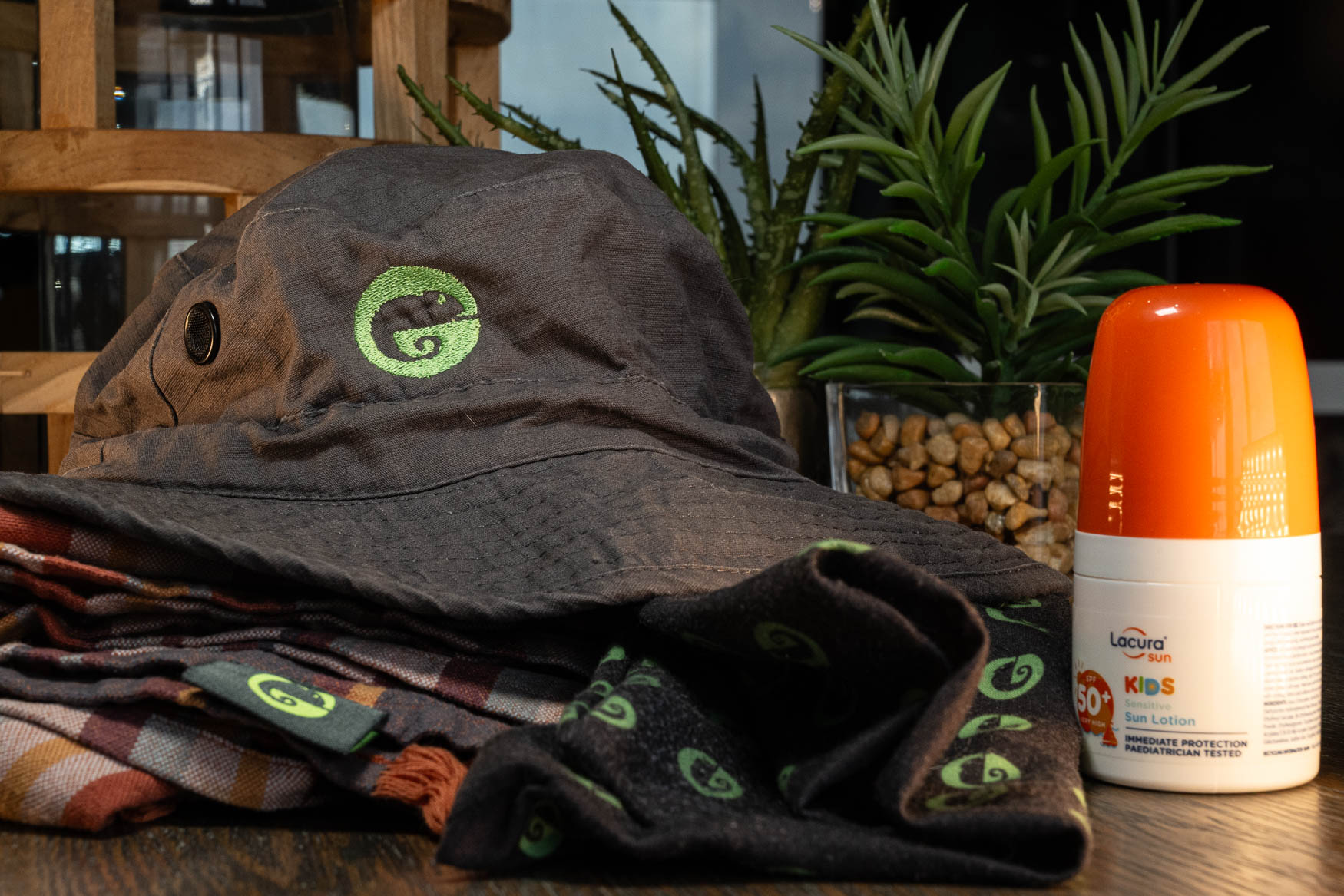
First Aid Kit:
As guides, we are all trained in first aid and although we do have extensive coverage for ourselves and our guests including evacuation procedures, it is very important that ourselves as guides are equipped with the knowledge, skills and tools we need if there happens to be an incident out in the field while guiding a safari.
It's crucial for a safari guide to carry a first aid kit for several reasons:
Emergency Response
Safaris often take place in remote wilderness areas where medical facilities may be limited or inaccessible. Having a first aid kit allows guides to provide immediate care in case of injuries or medical emergencies until professional help can be reached.
Treatment of Minor Injuries
Minor injuries such as cuts, scrapes, insect bites, or blisters are common during outdoor activities like safaris. A first aid kit contains supplies such as antiseptic wipes, bandages, adhesive tape, and insect repellent, which can help prevent infection and provide relief.
Management of Common Ailments
Guides equipped with a first aid kit can also address common ailments like headaches, motion sickness, allergies, and stomach upset among safari participants. Basic medications such as pain relievers, antihistamines, and antacids can be included in the kit to alleviate symptoms.
Snake Bites and Other Wildlife Encounters
In wildlife-rich environments like national parks, encounters with animals, including snakes, may occur. A well-equipped first aid kit can contain supplies and instructions for managing snake bites or other animal-related injuries until professional medical assistance can be obtained.
Preparedness for Unforeseen Situations
While safaris are typically safe, unexpected situations can arise, such as vehicle accidents or sudden illnesses among participants. Having a first aid kit ensures that guides are prepared to handle such emergencies promptly and effectively.
Client Confidence and Trust
Carrying a first aid kit demonstrates the guide's commitment to the safety and well-being of safari participants. It instills confidence and trust among visitors, knowing that their guide is prepared to handle medical emergencies competently.
In summary, a first aid kit is an essential tool for safari guides to provide prompt and effective medical care, manage common injuries and ailments, and ensure the safety and comfort of safari participants in remote wilderness settings.
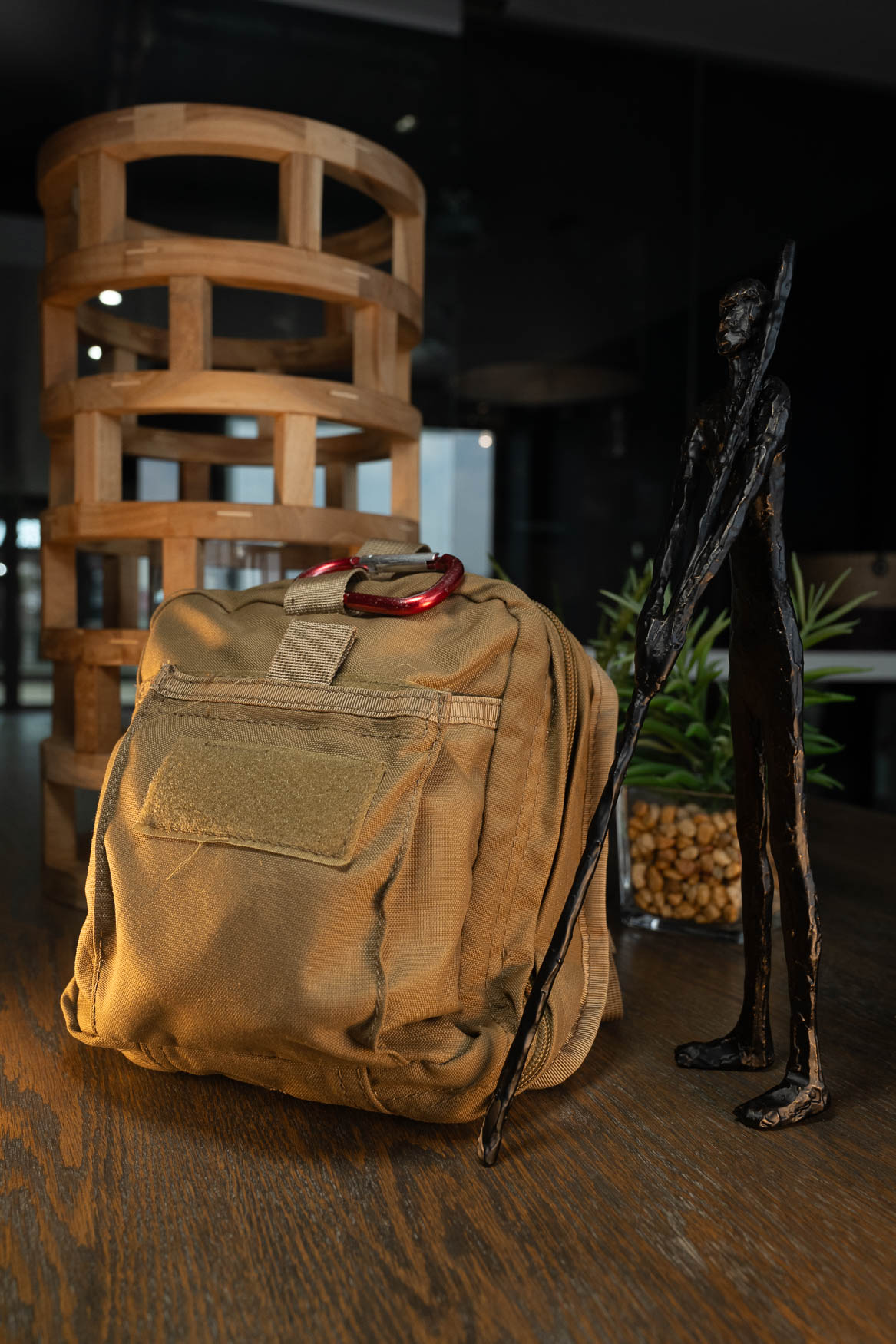
I hope that you found this blog beneficial and add Mana Pools and Kanga Camp to your Bucket-list as a destination to visit, it truly is a magical place...
Until next time,
Trevor
Mana Pools and Kanga Camp
The combination of the floodplain and Kanga camp further inland, offers you the opportunity to get a true feel for the diversity that Mana Pools has to offer. The variety of photographic opportunities and activities on offer makes for a unique, exciting and diverse safari all at the same time.
